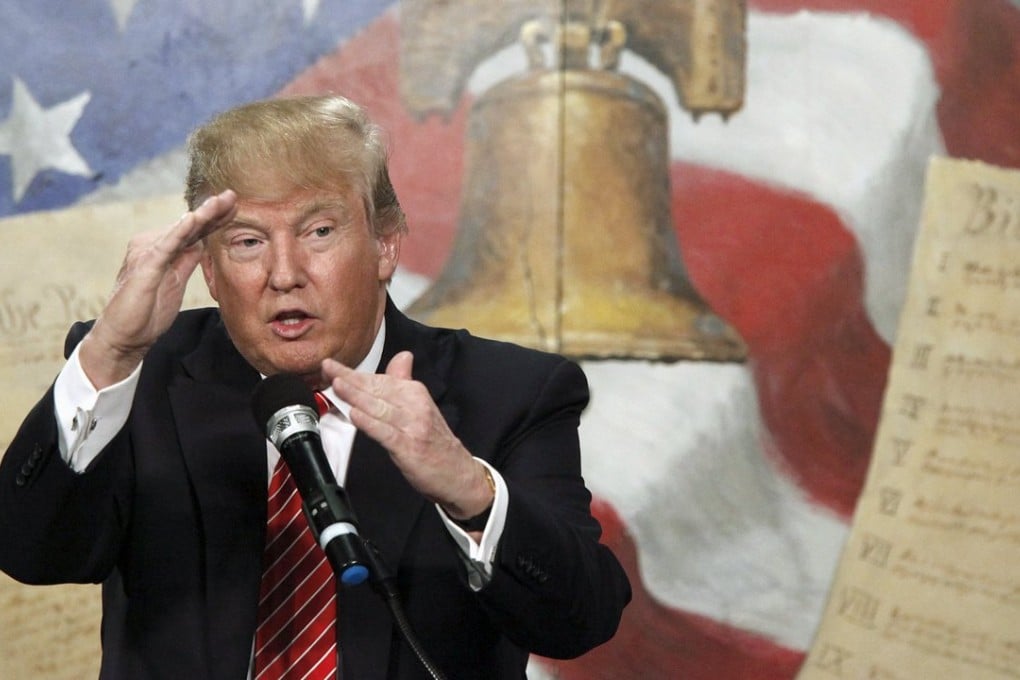Jake's View | Donald Trump has got it all wrong when it comes to imposing tariffs on Chinese goods
The disparity of wages between US workers and Chinese counterparts doesn’t add up to a case for tariffs on Chinese imports into the US

United State’s Republican presidential hopeful Donald Trump called for higher tariffs on Chinese goods if China does not stop engaging in practises to devalue their currency.
SCMP, January 16
I actually think Donald Trump is not all bad. He wants to pull the United States out of the Middle East War it started and it’s my belief that jingoist military adventurism is now the most important issue in US politics.
But I agree that the world might not have such a case of the heebie-jeebies about the present line-up of US presidential candidates if he were to pull his mouth out of all other things foreign.
The argument is, of course, that a weaker yuan means that manufacturing workers in China are paid less in US dollar terms, which means their products can be priced more cheaply on the shelves of US department stores, which means they have competitive edge over their American counterparts, which is cheating.
How is this false? Let me count the ways:
• Wages in China account for only a small proportion of the retail price of China made goods sold in the US, perhaps little more than 10 per cent. I know of cases where it is much less. Almost all the rest is US dollar cost, just as in the US.
